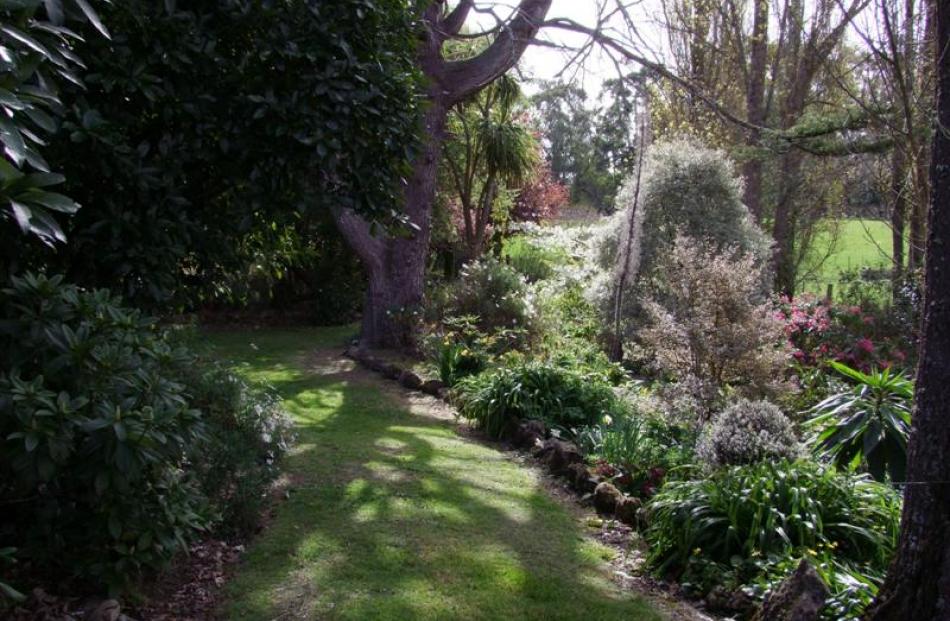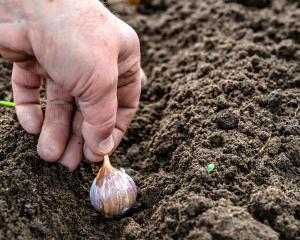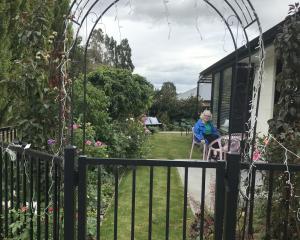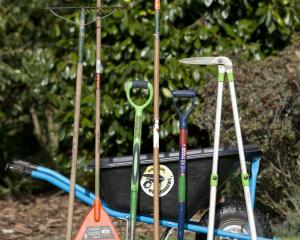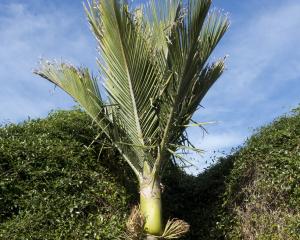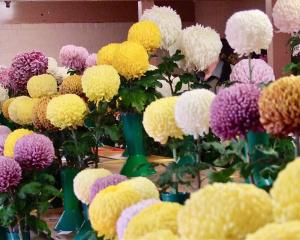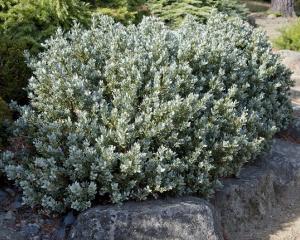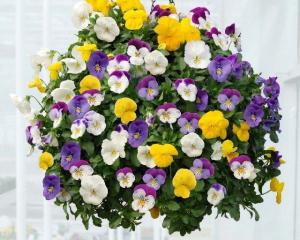The garden at Matanaka, the Waikouaiti home of whaler and entrepreneur Johnny Jones, is open tomorrow.
Johnny Jones may have been uncultured and rude, as the Rev Johann Wohlers of Ruapuke described him, but he must have had an eye for beauty if the site of his Waikouaiti home, Matanaka, is anything to go by.
In 1843, after some 14 years in New Zealand, Australian-born Jones moved to Waikouaiti and built a house above the village with views along the coast to the north.
A garden was planted and - unusually for those days when England was the model for colonial gardens - kowhai were retained when the ground was cleared.
Large kowhai remain and a huge weeping ash and walnut probably date back to Jones' time, too.
When Joan Toomey and her late husband, John, moved to Matanaka 18 years ago, little remained of the original garden.
Ivy, banana passionfruit and other rampant climbers covered everything, with just the tops of a few struggling trees visible.
She points to dead branches high on a tall pine to show just how far creepers had climbed, saying another few years and it would have been too late to save it and other mature trees.
"We gradually cleared it," Mrs Toomey says.
She started by making paths through the undergrowth, cutting stems of climbers at ground level and ripping up weeds.
Then came a shrubbery with a line of slim conifers, as well as numerous other trees and shrubs. Under them, trilliums, hostas, fritillarias and other shade-lovers flourish.
From the shrubbery, paths lead through the woodland area, whose dappled shade is ideal for rhododendrons, camellias, variegated pittosporums and coprosmas, with self-seeded honesty and forget-me-nots filling any spare space.
In September, thousands of daffodils in "hundreds of varieties" dominate the garden.
"Mr McLaren, who was an old bachelor in Waikouaiti, got me interested in daffodils and most of what I have here came from him. They've multiplied and multiplied," Mrs Toomey says.
But lovely though Matanaka is in early spring, she emphasises that "it is an all-year-round garden", with irises and paeonies following the daffodils, then roses, many of them grown from cuttings supplied by Mr McLaren, who was as fond of roses as he was of daffodils.
Mrs Toomey's favourites include two hybrid tea roses, red Precious Platinum and Chivalry, which is red with yellow on the underside of the petals.
With "virtually no frost" and shelter from southerly winds, Mrs Toomey feels "a bit lucky" in her garden.
Johnny Jones obviously chose the site well. The garden's most interesting man-made feature is a 2m-wide wall made of stones from the farm. The wall, now attractively mossy, curves alongside the drive.

